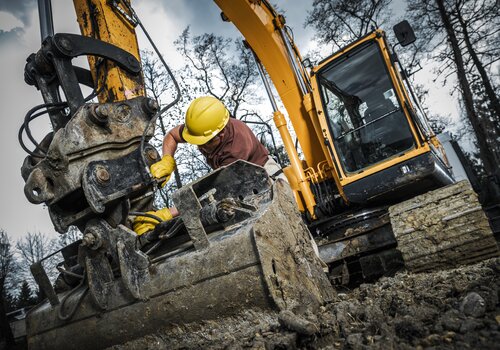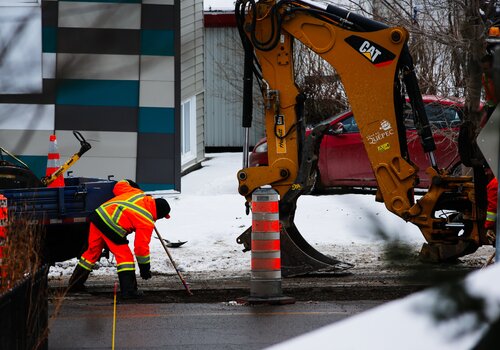The U.S. General Services Administration and Dodge Construction Network released results from a survey in the “Diversity, Equity and Inclusion SmartMarket Report.” The results showed room for improvement: 15% of contractors fell in the “high engagement” category, meaning their organizations focused on proactive DEI practices. In the “low to no engagement" category, contractors were at 49%.
THE NEED FOR DEIA
Workforce challenges continue to affect construction and one of the ways to tackle that problem head on is by increasing DEIA efforts. According to the GSA’s study, promoting DEI efforts allowed contractors to experience direct benefits, such as increased access to skilled labor, and indirect benefits.
WHERE DOES THE “A” COME INTO PLAY?
Accessibility in construction is often focused on the end-result for clients, particularly making sure ADA accommodations are met precisely. However, accessibility on the job site is just as important.
Take an injured operator for example. While part of the job is very physical and they may be limited, they may still be able to operate machinery safely and effectively. However, if that worker is on crutches, can they still get onto the job site safely? Are walkways made clear and large enough to accommodate room for the crutches? Can your operator enter the cab safely? By proactively ensuring your jobsite is accessible to different limitations, your workers stay safe and productive.
USING TECHNOLOGY
Observing your job site and making adjustments manually can be done on smaller sites. However, larger sites might pose more of a problem. This is where technology is particularly helpful. Drone technology is being used more and more for site mapping and progress tracking. Find another use for the tech you’re already using by looking for accessibility issues on your site and addressing them appropriately. If you’re already using the technology, this is one more benefit that can help increase safety and productivity down the line.
BEYOND THE JOB SITE
Another area where accessibility is crucial is in training. Video and virtual reality may be used in training new hires, so the training must be effective for everyone to reap the benefits. What captioning and audio options do your training videos offer? Do your new hires know how to use the tools available to them? Do they know where to access those tools? Making your training and tools more accessible makes your job more accessible to a larger talent pool that may otherwise not have considered construction, let alone your business.
NOW WHAT?
You’ve made accommodations, increased access to tools and prepared your job site. Now what? Your workers need to know what accommodations have been made available. One of the best ways to promote working in construction is through word of mouth. If your workers know they can rely on you for access, flexibility and training, they are more likely to encourage potential job applicants who are new to construction. Even seasoned members of the industry will find value in your business, making your organization competitive, productive and inclusive.
Photo credit: KING ROPE ACCESS/BIGSTOCKPHOTO.COM












